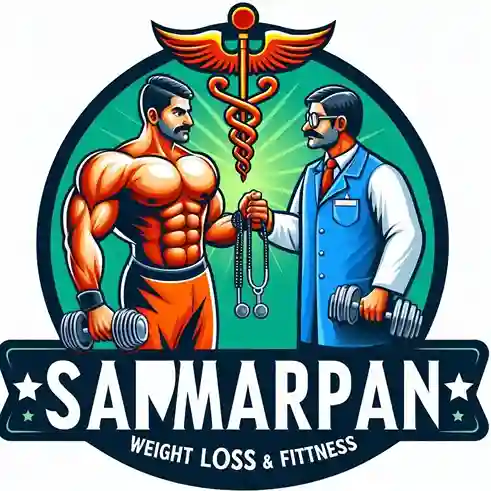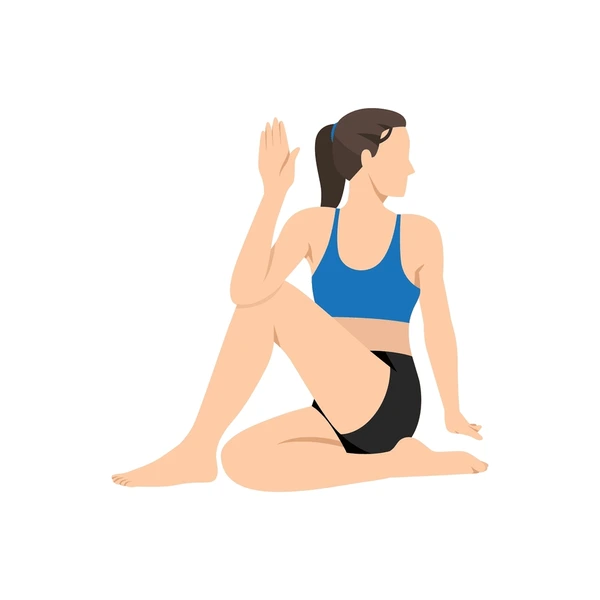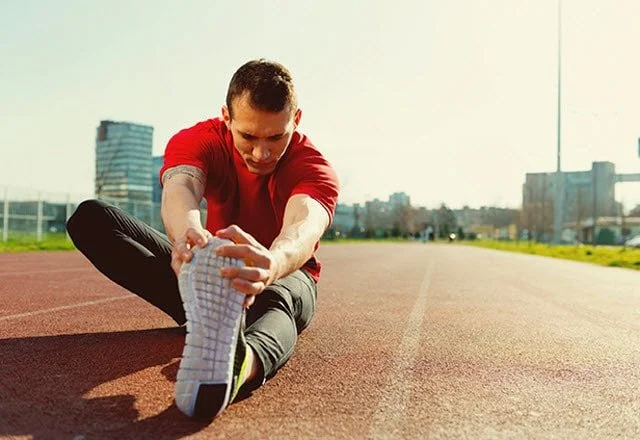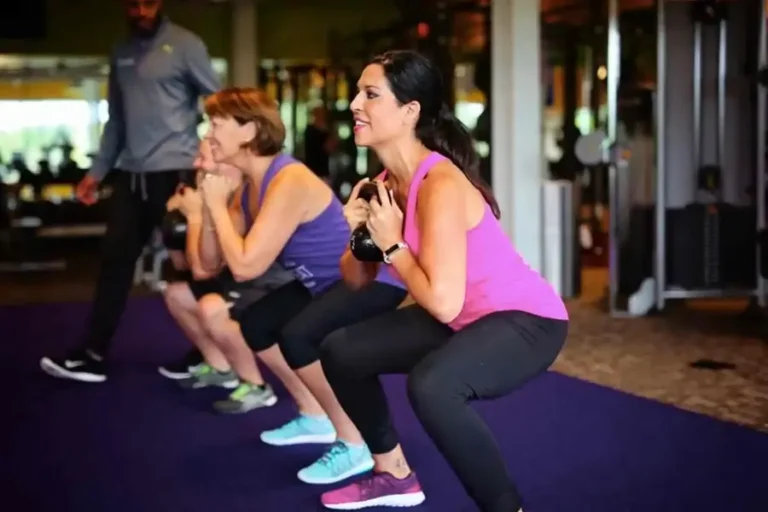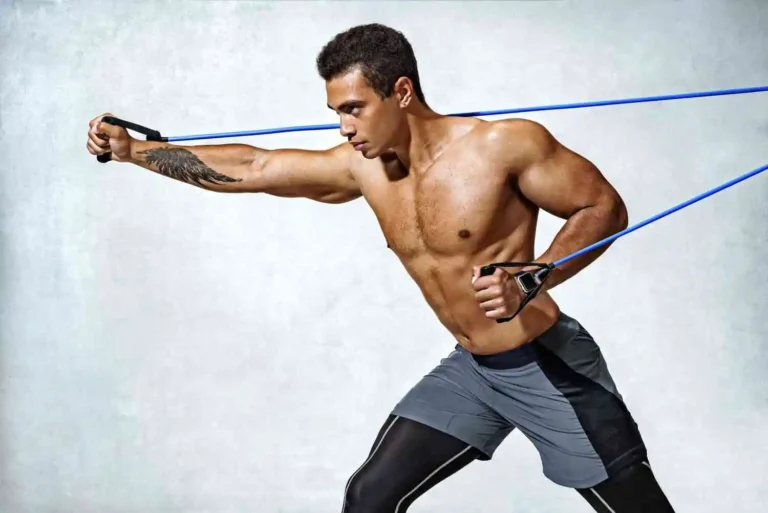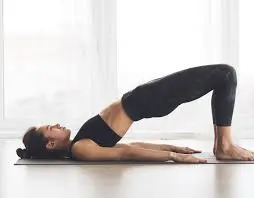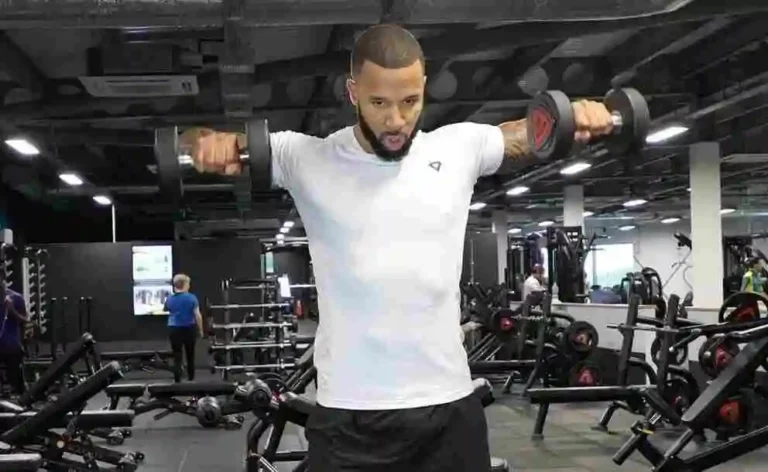Ardha Matsyendrasana – The Spinal Twist
What is Ardha Matsyendrasana?
The Sanskrit phrase Ardha Matsyendrasana means “Half Lord of the Fishes Pose.” “Indra” means “king” or “lord,” “Matsya” means “fish,” and “Ardha” means “half.” Named for the yogic teacher Matsyendra, this stance is renowned for its deep physical and spiritual advantages.
A deep, seated twist, Ardha Matsyendrasana strengthens the spine, promotes healthy digestion, and enhances body awareness and posture. Regularly performing this pose can strengthen and flex the muscles that support the spine, increase blood flow to the discs, and improve spinal flexibility.
Which muscles are used in Ardha Matsyendrasana?
- Erector spinae
- Multifidus
- Psoas Muscles
- Abdominals
- Gluteus muscles
- Hamstrings
- Hip flexors
- deltoids
- Rotator cuff muscles
- Biceps
- Triceps
- Neck muscles
- Pelvic floor muscles
What are Ardha Matsyendrasana’s health benefits?
Ardha Matsyendrasana is a potent yoga pose that has many mental and physical health advantages.
- Improves Spinal Flexibility:
- One of the best poses for increasing spinal flexibility is Ardha Matsyendrasana. This asana’s twisting motion helps to expand and compress the muscles and nerves in the spine by engaging and stretching the muscles along its whole length.
- In addition to reducing typical back issues including lumbar stiffness and soreness, this activity enhances overall spinal health.
- Enhances Digestion:
- In Ardha Matsyendrasana, the twisting action softly massages the stomach, liver, and intestines, among other abdominal organs. By encouraging peristaltic movement and enhancing the digestive system’s general operation, this stimulation aids in better digestion.
- Regular practice in this position may help practitioners who experience digestive problems including bloating and constipation.
- Detoxifies the Body:
- Because of its special twisting motion, Ardha Matsyendrasana helps the body detoxify. The posture encourages the liver and kidneys, which are detoxifying organs, to more effectively eliminate waste and poisons while the practitioner twists.
- By keeping the internal environment clean and in good working order, this process of removing toxic substances from the body promotes general health and well-being.
- Strengthens Core and Back Muscles:
- A great yoga pose for building back and core strength is Ardha Matsyendrasana. This pose improves general core stability by using the erector spinae muscles, which support the spine, as well as the core muscles.
- In order to promote a more flexible and stable spine, it also works the muscles in the upper back, including the latissimus dorsi, teres major, and pectoralis major.
- Reduces Stress and Anxiety:
- By relaxing the nervous system, Ardha Matsyendrasana can help people feel less stressed and anxious.
- The pose’s deep breathing and mild twisting movements aid in relaxation and mental calmness.
- Sharper awareness and a sensation of peace are the results of this pose, which calls for inner balance, concentration, and serenity.
- Enhances Blood Circulation:
- Blood circulation is improved with Ardha Matsyendrasana, which squeezes and releases blood vessels in the torso.
- By increasing blood flow to the organs and tissues, this twisting action improves the body’s ability to distribute nutrients and oxygen.
- You might feel more energetic and renewed by performing Ardha Matsyendrasana, which improves blood circulation and overall health and energy.
- Improves Posture:
- Regular Ardha Matsyendrasana practice strengthens the back and core muscles, which helps with posture.
- By stretching the spine and activating the muscles that support it, this pose promotes appropriate alignment.
- It lowers the chance of slouching or hunching by sitting up straight and keeping the spine straight, which improves postural health in general.
- In addition to improving one’s physical appearance, greater posture also helps with digestion, breathing, and general health.
How to do a Ardha Matsyendrasana?
- Take a seat on the ground.
- Fold your right foot at the knee. Position your right foot close to your anus on the inner of your left thigh.
- Raise your knee
- Bend your left leg.
- Place the palm of your right hand flat on the floor behind your back after extending it backward.
- Your left arm should be raised above your head.
- For 30 seconds, hold the position while breathing steadily.
- On the opposite side, repeat the position.
Ardha Matsyendrasana Video:
What are the Beginners’ Tips for Ardha Matsyendrasana?
- Maintaining a long spine is your major objective in this pose.
- Stretch your lower leg in front of you to try the stance. If you have trouble keeping both sitting bones grounded, this may be helpful.
- An excellent alternative to looping the elbow behind your knee is to use your hand to hug it.
What are the Modifications for Ardha Matsyendrasana?
- Beginners can easily rotate their torso with the support of the blanket.
- Using both hands, raise the bent leg to the chest, then twist. One can squeeze the bent knee tightly with both arms supporting it, which will gradually open the hips and give the posture the proper appearance.
- With your back to the wall, place the body. If the twist is to the right, exhale and lay your right palm on the wall before twisting your upper body to the right while applying pressure to the wall. With the left side, repeat.
What are the Variations for Ardha Matsyendrasana?
You can practice these variants of Ardha Matsyendrasana.
Easy variation
- As a beginner, you can twist with your elbows bent or fingers pointing up while maintaining a straight leg extension and bending the opposite leg (Meru Vakrasana).
- Although the legs are bent, the other foot does not twist or cross the knee.
Advance variation
Interlock the palms and create a bind beneath the thighs.
What are the Precautions for Ardha Matsyendrasana?
To guarantee a safe and fruitful experience, it is crucial to remember the following safety measures when performing Ardha Matsyendrasana:
- To prevent pain and digestive problems, always practice on an empty stomach or at least three to four hours after a meal.
- To avoid injuries, warm up your shoulders, hips, and spine thoroughly before attempting the position.
- Avoid forced twists and respect your body’s natural limitations as you gradually advance into the pose.
- Before attempting this posture, always get advice from a physician or skilled yoga practitioner, particularly if you have any underlying medical concerns.
- To prevent injuries, if you are new to this posture, only practice it under your yoga instructor’s supervision until you become proficient.
Although these safety measures are essential, it’s also critical to know who should not perform Ardha Matsyendrasana at all.
What are the contraindications for Ardha Matsyendrasana?
- Pregnant women’s
- spinal injuries
- recent abdominal surgeries
- cardiovascular issues
- High blood pressure
- excruciating neck, shoulder, or leg pain
- brain surgeries
- hyper or hypothyroidism
- slipped disc
Conclusion:
Because of the twist, Ardha Matsyendrasana, also known as the Spinal Twist, strengthens the spine’s suppleness. This pose stimulates the bowels, kidneys, and spleen, improving their health and function. You must perform this pose while your stomach is empty. You should eat at least four hours prior to the practice.
FAQs
What is the benefit of Ardha Matsyendrasana?
aids in the spine’s flexibility. This yoga’s postures and positions lengthen the spine. restoration of the spine’s natural position. It relieves lower back discomfort by relaxing the lower back muscles.
How long to hold Ardha Matsyendrasana?
Place the palm of your right hand flat on the floor behind your back after extending it backward. Your left arm should be raised above your head. Fold your right foot at the knee. For 30 seconds, hold the position while breathing steadily.
Which disease is cured by Ardha Matsyendrasana?
It helps a lot with headaches and diabetes. It regulates blood flow in all of the surrounding veins and nerves. It strengthens the intestines and treats stomach issues.
Who cannot do Ardha Matsyendrasana?
Women should avoid performing Ardha Matsyendrasana while pregnant. The pose should also be avoided by anyone with spinal injuries, slipped discs, or hyper or hypothyroidism. Extreme caution should be used if you have any back pain.
References:
- Ardha Matsyendrasana – The Spinal Twist | Benefits | Learn Yogasanas Online | Yoga and Kerala. (n.d.). Yoga. https://www.keralatourism.org/yoga/sitting-postures/ardha-matsyendrasana
- Ardha Matsyendrasana Yoga (Ardha Matsyendrasana, Matsyendrasana, Baddha Ardha Matsyendrasana) | Yoga Sequences, Benefits, Variations, and Sanskrit Pronunciation | Tummee.com. (2017, October 15). Tummee.com. https://www.tummee.com/yoga-poses/ardha-matsyendrasana
- Singhdeo, A. (2023, August 1). How to Practice Ardha Matsyendrasana. https://www.shvasa.com/yoga-blog/how-to-practice-ardha-matsyendrasana
- EkhartYoga. (2021d, July 22). Half Lord Of The Fishes Pose – Ekhart Yoga. Ekhart Yoga. https://www.ekhartyoga.com/resources/yoga-poses/half-lord-of-the-fishes-pose
